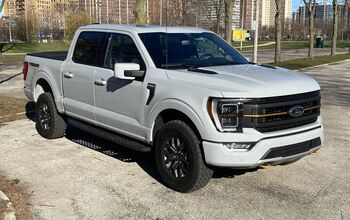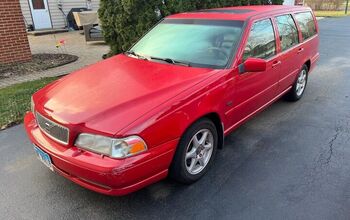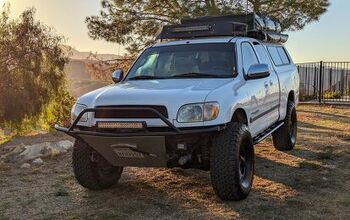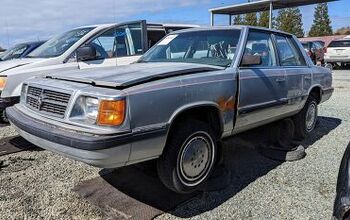Projects In Germany, US Closer To Low-Cost Carbon Fiber Manufacturing
Though carbon fiber is being used more extensively in new vehicles, the high costs associated with building a vehicle out of the material have kept it to the likes of the Lexus LFA and BMW i Series. This could soon change, however.
Bloomberg reports MAI Carbon Cluster Management GmbH, with financial backing from BMW, Audi, Airbus, Siemens and around 70 other manufacturers, have made progress on reducing the cost of carbon fiber, with the goal of slashing 90 percent of the total cost. Klaus Drechler, head of the €80 million ($102 million USD) project, as well as professor at the Technical University of Munich, explains:
We’ve certainly reached a halfway point on our cost-cutting target for suitable carbon-fiber parts. We’ll see a lot more carbon-fiber use in the next generation of cars. The key is to really drive automation [in production]. There are different scenarios about how carmakers can use carbon fiber — extensively like BMW, with a carbon-fiber chassis, or with smaller components.
Similar cost-reduction efforts are being carried out in the United States at the Oak Ridge Carbon Fiber Composites Consortium in Oak Ridge, Tenn. The consortium, established in 2011, has partnered with Ford, Dow Chemical and other companies in developing lower-cost carbon fiber materials.
Seattle-based writer, blogger, and photographer for many a publication. Born in Louisville. Raised in Kansas. Where I lay my head is home.
More by Cameron Aubernon


































Comments
Join the conversation
I am eager to see CF get to a point where it's affordable enough for widespread use in cars. I believe that it--unlike the Fusion--could truly be a game changer. I've had various CF parts for my bikes over the years (and have a CF frame, too). Often, those parts are similarly priced to higher-end aluminum parts, but I'm sure that it's a completely different ball game for cars.
I wonder about people who announce they will "soon have a breakthrough." Other than looking for investors what is the point?
The carbon fiber must be cast rather than laid up by hand.
Carbon fiber is already present in small doses in mainstream cars. Mercedes ML, GL, and R classes have carbon fiber subfloors that cover the battery compartments in front of the front passenger seats. It's very thin and unbelievably strong. It will trickle down to more and more applications.